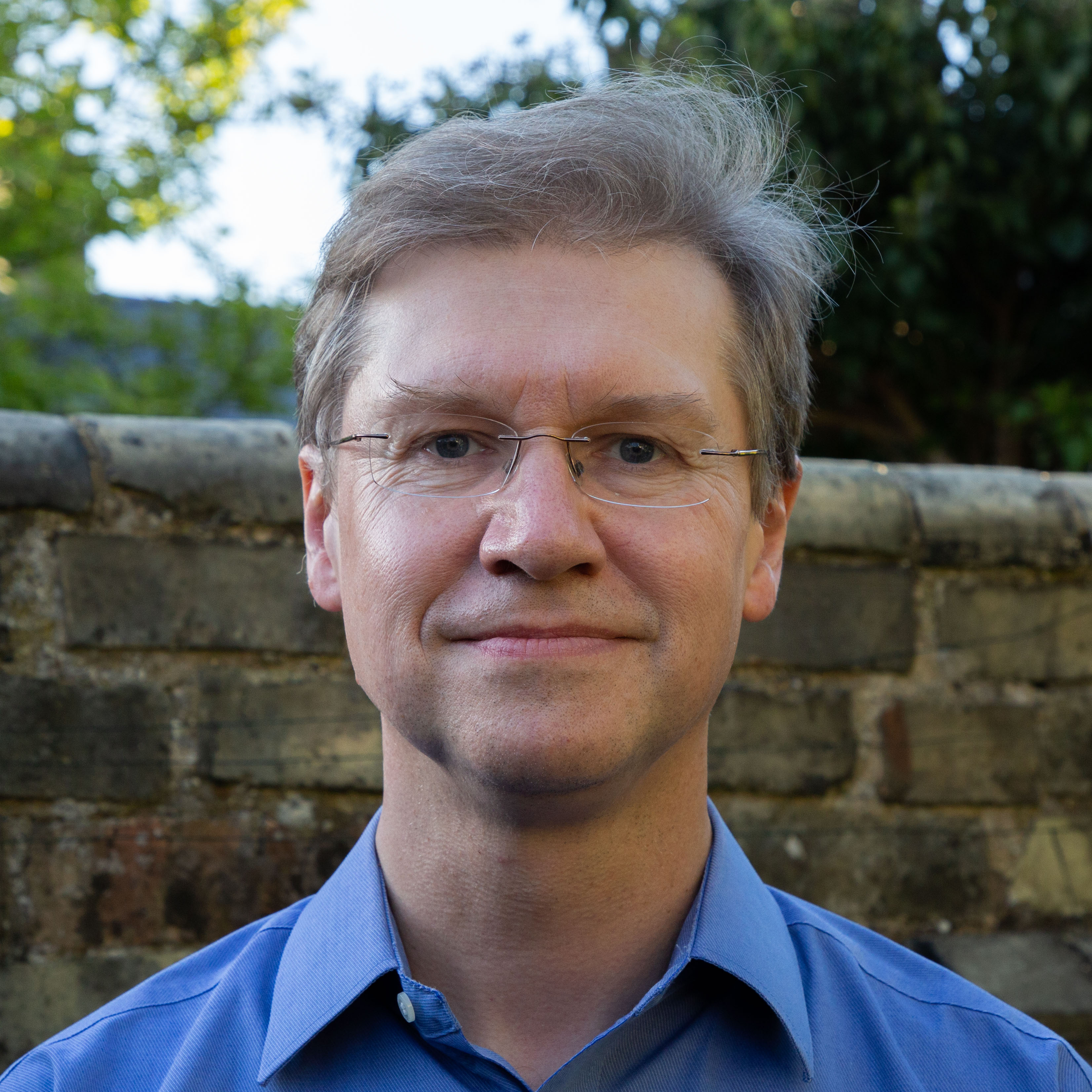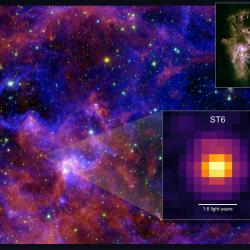Black Hole Expert Christopher Reynolds Rejoins UMD’s Department of Astronomy
The renowned astrophysicist will also reprise his role as director of the Joint Space-Science Institute.
For astrophysicist Christopher Reynolds, studying the mysteries and the wonders of black holes never gets old.
“The thing that keeps me going is that these are incredibly exotic and beautiful objects, and they really exist,” Reynolds said. “I never cease to be amazed by that—black holes are really out there, and we’re able to point telescopes and look at them.”

Reynolds, who was a faculty member at the University of Maryland from 2001 to 2017, brings his black hole expertise back to UMD’s Department of Astronomy in July 2023. He has established himself as a leader in the field, having published more than 350 papers—both observational and theoretical—throughout his career. Some of his most-cited studies involve using X-ray observations to probe the physics of black holes and their rotation rates.
In addition to rejoining UMD as a professor, Reynolds will return to his role as director of the Joint Space-Science Institute (JSI)—a research partnership between UMD and NASA’s Goddard Space Flight Center that Reynolds helped shape as the institute’s founding director from 2010 to 2013.
For the last six years, Reynolds taught classes and conducted research at the University of Cambridge’s Institute of Astronomy, where he earned his Ph.D. in 1996. He served as Cambridge’s 16th Plumian Professor of Astronomy and Experimental Philosophy, a prestigious professorship founded in 1704 by Thomas Plume, a contemporary of Isaac Newton.
Reynolds’ time at Cambridge brought exciting new opportunities—including a grant from the European Research Council to lead a theoretical study on the feedback from supermassive black holes—but his thoughts kept straying back to UMD.
“I never regretted anything, but I never stopped missing UMD, the general intellectual environment, the people and the energy there,” Reynolds said. “I was very, very happy when I approached UMD and started to share some of these thoughts that they were willing to have me back.”
Reynolds’ return to College Park also means a shorter commute to NASA’s Goddard Space Flight Center in Greenbelt, Maryland. Reynolds is the principal investigator of a NASA project called the Advanced X-ray Imaging Satellite (AXIS), which aims to build a telescope with extremely high-quality imaging and launch it into space by 2032.
“You can think of it like the X-ray version of the James Webb Space Telescope,” Reynolds said, referring to the NASA infrared telescope that has made countless discoveries since it started transmitting data last year. “It will let us look at things that are very faint, very distant and address a lot of the big questions.”
Those big questions have challenged Reynolds throughout his career as an astrophysicist: Where did black holes come from, how did they get there and how do they interact with the rest of the galaxy? To find out, scientists need to trace a black hole’s lifespan as far back to the beginning as possible.
“In order to uncover the origin of these black holes, we need to go even further and fainter,” he said. “We need to start tracking the growth history of these objects and try to catch them when they’re children or teenagers, then see how they grow from that point. The X-ray part of the spectrum is key to this.”
UMD Astronomy Chair Andrew Harris noted that Reynolds’ research not only furthers the field of astronomy, but also serves as a link between UMD and NASA.
"Chris is a world-class expert in X-ray astrophysics, widely recognized as a leader in both observations and in theory,” he said. “His work with AXIS is an important continuation of our long-running collaboration with scientists at NASA's Goddard Space Flight Center. On top of everything else, Chris is simply a wonderful colleague, and we are absolutely delighted to have him rejoin the department."
In addition to his research, Reynolds looks forward to teaching a class on black holes this fall. He is also grateful for the opportunity to get reacquainted with JSI, which brings together scientists studying black holes, high-energy astrophysics, gravitational waves and much more.
“The principal goal of JSI is to be a conduit—to help communications between the astronomy and physics departments and NASA Goddard,” he said. “It will be fun to return and see how we can evolve it further.”







